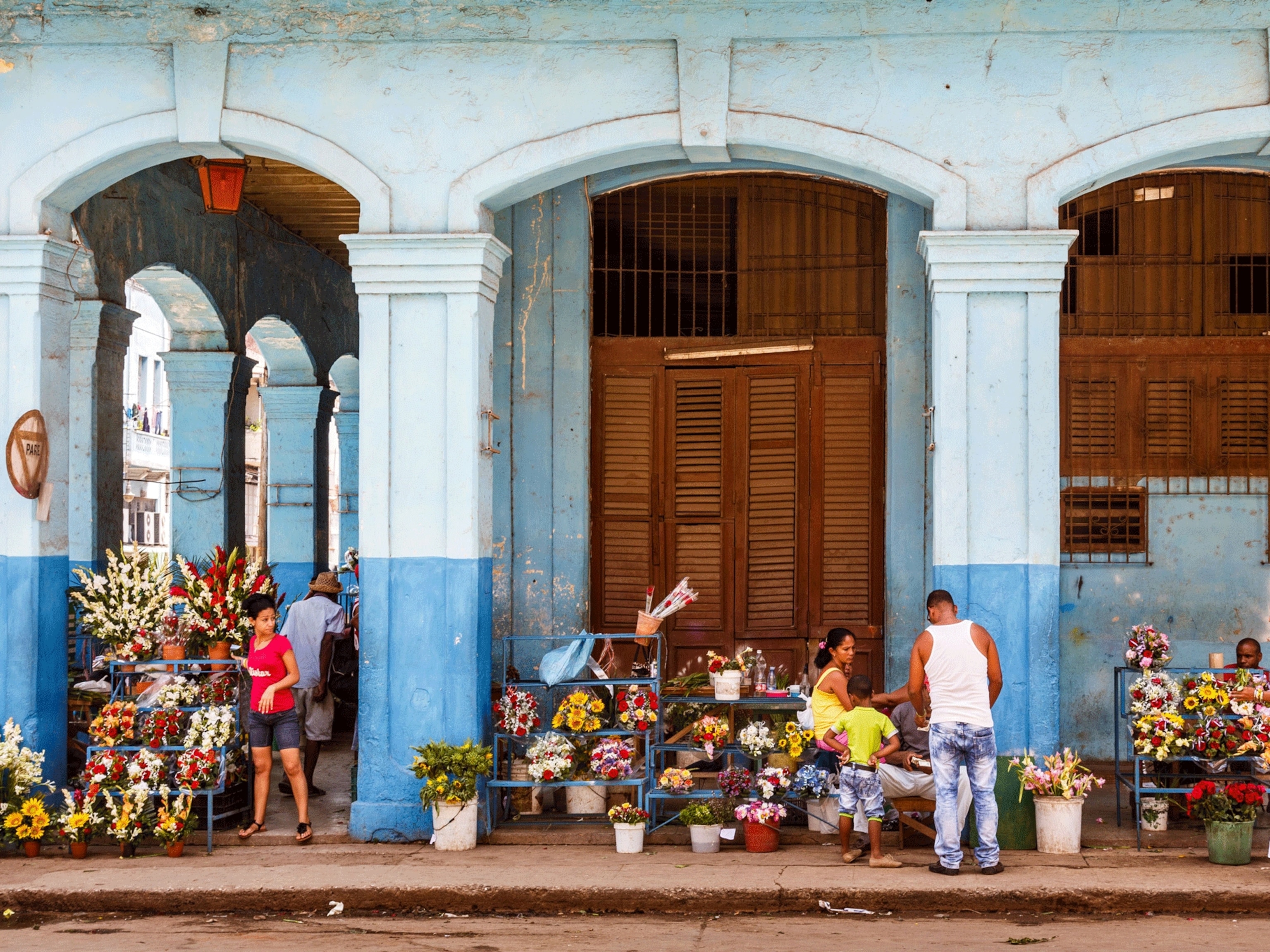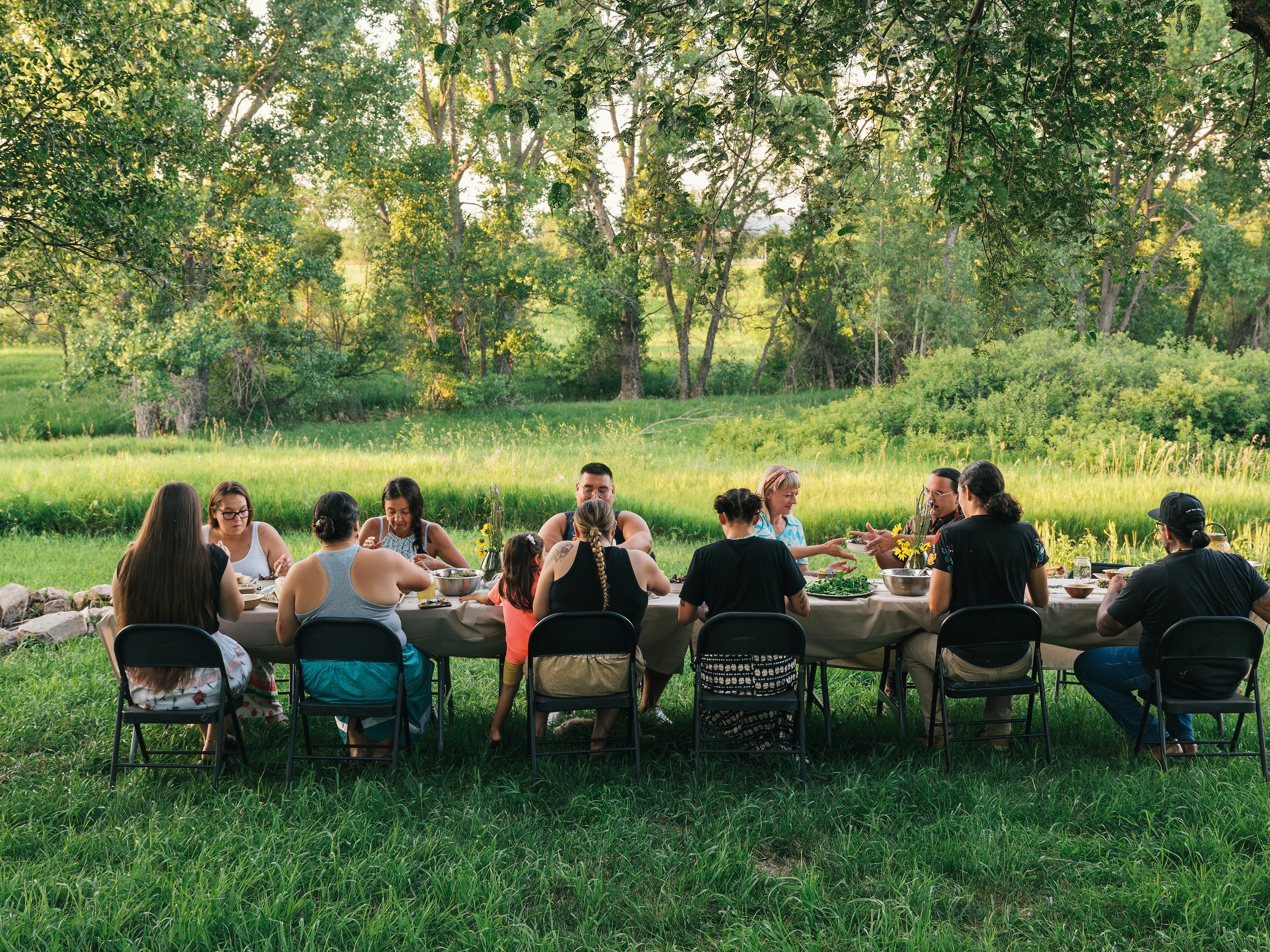
Cuban American Friendship
Back in 1996, not far from my house, someone walking through the park stumbled upon a gigantic stone covered in moss.
Finding a rock in Rock Creek Park is not unusual, but when that rock turns out to be a gigantic marble vase as tall as me, adorned with a fierce eagle and a oxidized copper plate, then you start to wonder how such a thing got lost in the woods.
Turns out, that carved chunk of marble was the Cuban-American Friendship Memorial that once stood atop a triumphant column in the city of Havana. Back then, our two countries were friends—in fact, the memorial specifically remembers the 266 American naval men who perished aboard the USS Maine while fighting for Cuban independence in the Spanish-American War.
Alas, in 1926, a nasty hurricane toppled the memorial into the streets of Havana and the giant urn was shipped back to Washington, DC where it lived in front of the Cuban Embassy, just a few blocks from my house today.
Then came the sixties, and like our friendship with Cuba, the memorial seemingly disappeared, only to be rediscovered decades later, hidden away in the bushes. Today, the “USS Maine Memorial” sits on the banks of the Potomac River in the shadow of 395 and the highway bridge that every day carries a few hundred thousand commuters into the District of Columbia.
This district where I live is named after Christopher Columbus, who sailed from Spain to “America” in 1492. He first set foot on a sliver of sand in the Bahamas where the natives told him about another nearby island.
“They call it Cuba,” he wrote in his diary, and at the end of October that year, he arrived at the island, believing he had made it to Cipango, or Japan. Christopher Columbus described Cuba as “the most beautiful eyes have seen”, with palm trees and valleys and abundant fresh water.
That description alone was enough to make me want to visit Cuba more than anywhere else in the world. And yet, though I have traveled more than Columbus could ever imagine possible in a lifetime, Cuba was always out of reach.
Every time I fly south from Miami, I ask for a window seat so that I can see the island that Christopher Columbus wrote about half a millennium ago. From thirty thousand feet, I can still see the intense green and the turquoise shallows surrounding the immense coastline of this, the furthest island from America. The only thing I can’t see are the people—but I know they are there. Eleven million of them.
As an American, I have always wanted my first trip to Cuba to be done “right”—within the bounds of the laws of my country. Which is why I have waited all these years for the right opportunity to hop the Straits of Florida for Havana.
Fortunately, National Geographic Expeditions offers a cultural exchange under the People-to-People Partnership, a special license from the United States Department of Treasury that brings Cubans into contact with Americans. According to the Office of Foreign Assets Control (OFAC), “These exchanges are intended to help the Cuban People”—and that is something I believe. Travel breaks down barriers and so often, conversation is the best diplomacy. As an American, it is a rare privilege to travel to Cuba and for this, I am hugely excited. Not merely to set foot on the forbidden isle, but to meet Cubans face to face, in their country—and to make friends with them.
I’ve been doing my homework. I’ve got National Geographic Traveler’s guide to Cuba, I’ve downloaded another dozen Spanish lessons, Netflix just sent me “Before Night Falls”, and just the other night, I went to the Cuban place around the corner and ordered the slow-roasted pork shoulder (“Muy típico!”).
These are the kinds of things I do before any expedition, just to get myself into the mindset of a place. And yet, I am pretty sure that the real Cuba will surprise me more than anywhere else I’ve been.
I hope the Cubans will find me surprising too. And I hope that together, person-to-person, we can bring a new shine to the least-known memorial in Washington, DC.
———————–
Follow along with my Cuba itinerary!
Related Topics
You May Also Like
Go Further
Animals
- Octopuses have a lot of secrets. Can you guess 8 of them?
- Animals
- Feature
Octopuses have a lot of secrets. Can you guess 8 of them? - This biologist and her rescue dog help protect bears in the AndesThis biologist and her rescue dog help protect bears in the Andes
- An octopus invited this writer into her tank—and her secret worldAn octopus invited this writer into her tank—and her secret world
- Peace-loving bonobos are more aggressive than we thoughtPeace-loving bonobos are more aggressive than we thought
Environment
- Listen to 30 years of climate change transformed into haunting musicListen to 30 years of climate change transformed into haunting music
- This ancient society tried to stop El Niño—with child sacrificeThis ancient society tried to stop El Niño—with child sacrifice
- U.S. plans to clean its drinking water. What does that mean?U.S. plans to clean its drinking water. What does that mean?
- Food systems: supporting the triangle of food security, Video Story
- Paid Content
Food systems: supporting the triangle of food security - Will we ever solve the mystery of the Mima mounds?Will we ever solve the mystery of the Mima mounds?
History & Culture
- Strange clues in a Maya temple reveal a fiery political dramaStrange clues in a Maya temple reveal a fiery political drama
- How technology is revealing secrets in these ancient scrollsHow technology is revealing secrets in these ancient scrolls
- Pilgrimages aren’t just spiritual anymore. They’re a workout.Pilgrimages aren’t just spiritual anymore. They’re a workout.
- This ancient society tried to stop El Niño—with child sacrificeThis ancient society tried to stop El Niño—with child sacrifice
- This ancient cure was just revived in a lab. Does it work?This ancient cure was just revived in a lab. Does it work?
Science
- The unexpected health benefits of Ozempic and MounjaroThe unexpected health benefits of Ozempic and Mounjaro
- Do you have an inner monologue? Here’s what it reveals about you.Do you have an inner monologue? Here’s what it reveals about you.
- Jupiter’s volcanic moon Io has been erupting for billions of yearsJupiter’s volcanic moon Io has been erupting for billions of years
- This 80-foot-long sea monster was the killer whale of its timeThis 80-foot-long sea monster was the killer whale of its time
Travel
- How nanobreweries are shaking up Portland's beer sceneHow nanobreweries are shaking up Portland's beer scene
- How to plan an epic summer trip to a national parkHow to plan an epic summer trip to a national park
- This town is the Alps' first European Capital of CultureThis town is the Alps' first European Capital of Culture
- This royal city lies in the shadow of Kuala LumpurThis royal city lies in the shadow of Kuala Lumpur




